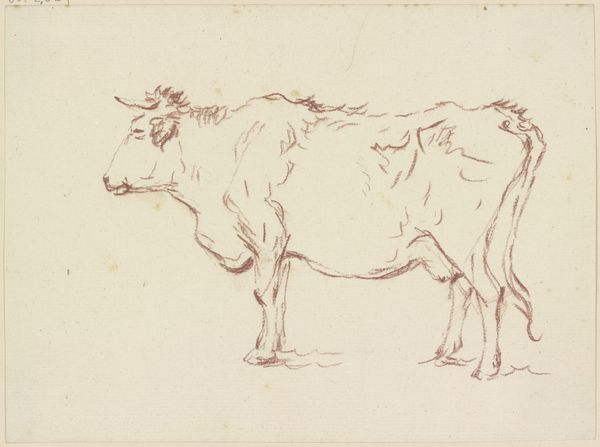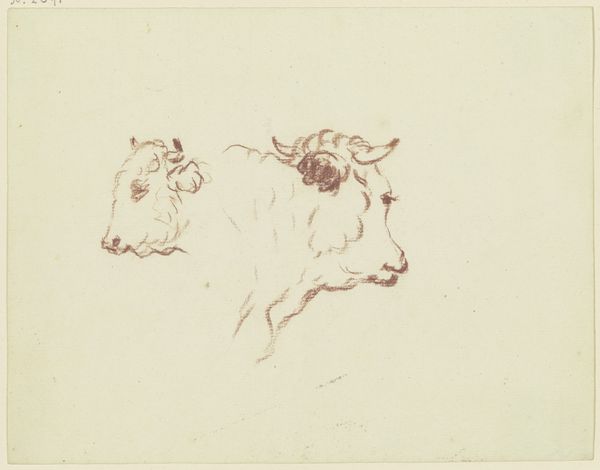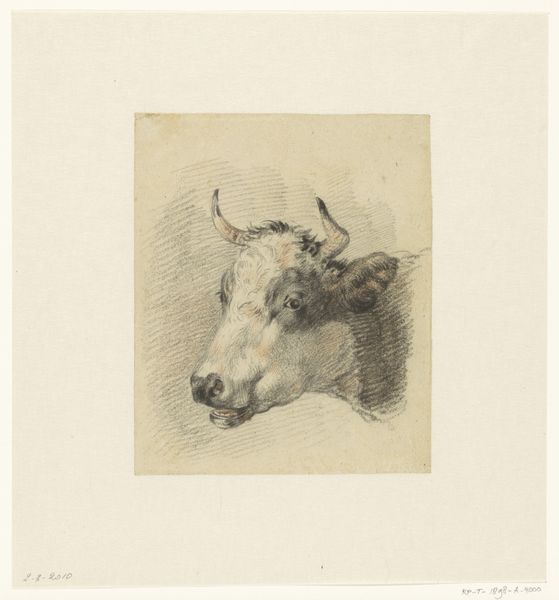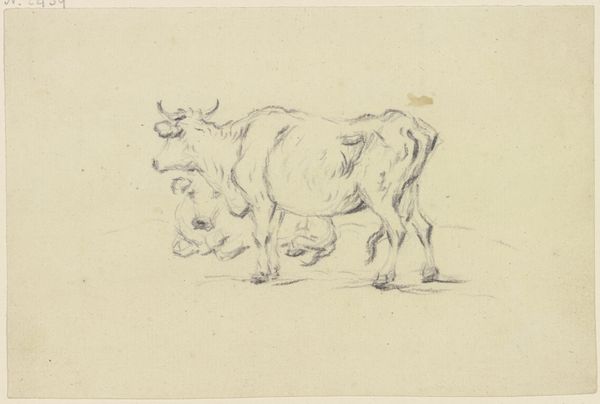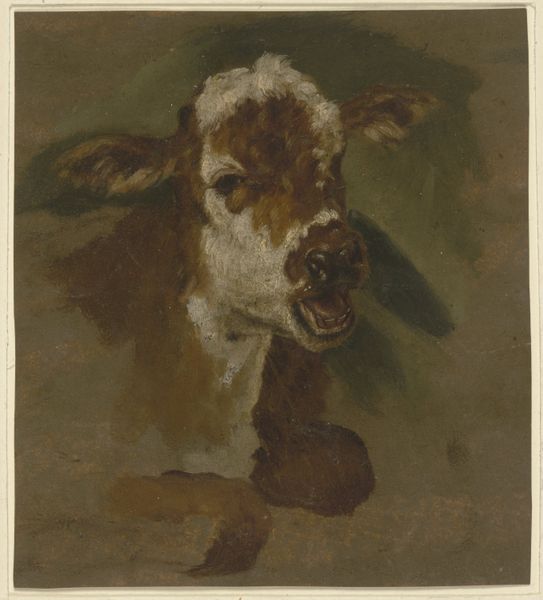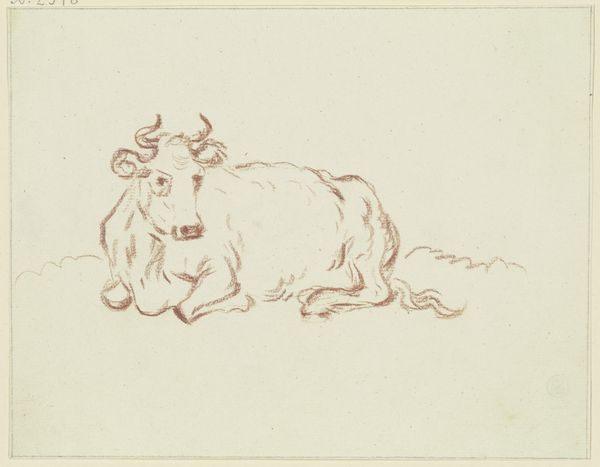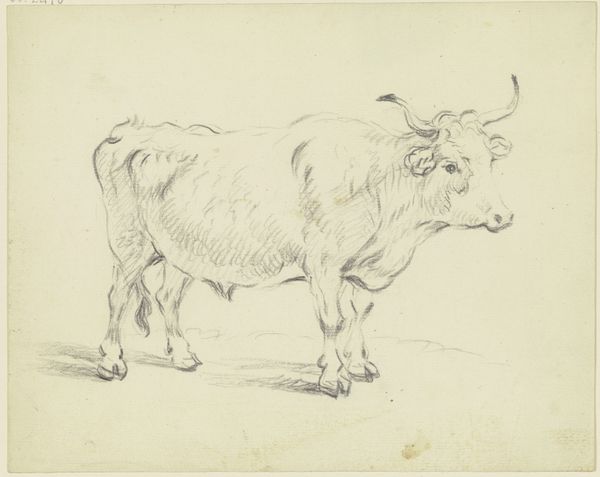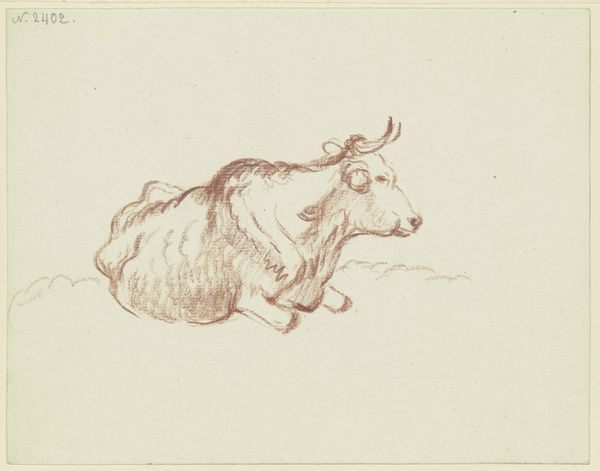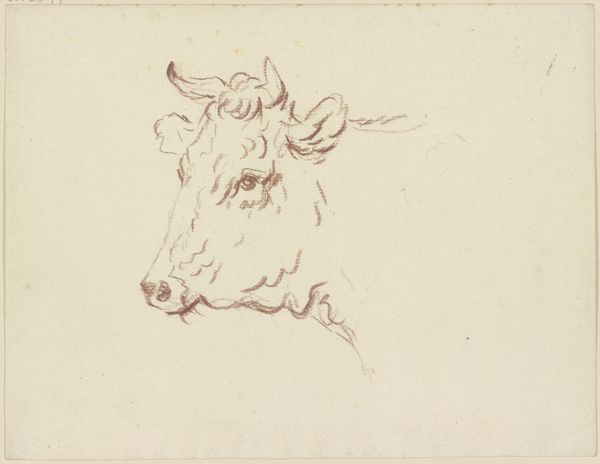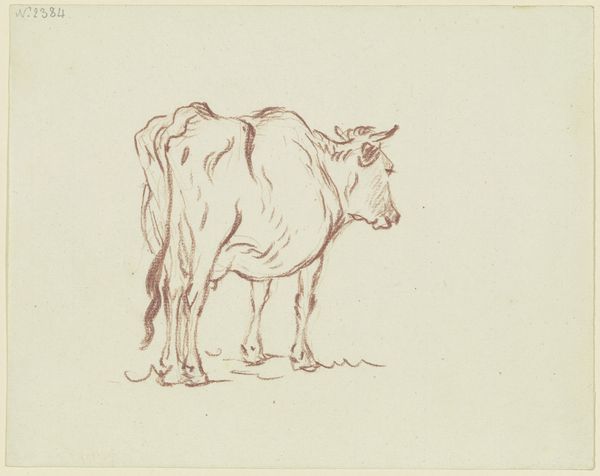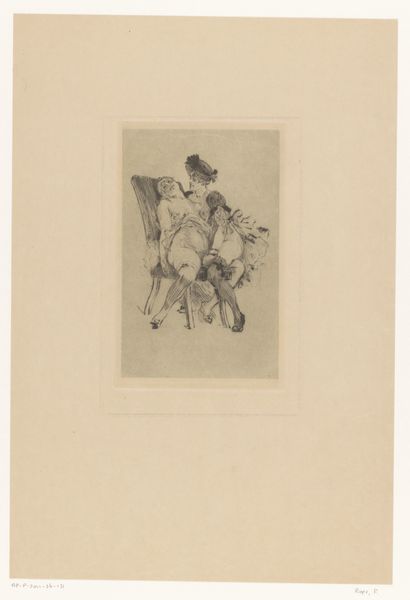
drawing, coloured-pencil, watercolor
#
drawing
#
coloured-pencil
#
caricature
#
watercolor
#
coloured pencil
#
folk-art
#
watercolour illustration
Dimensions: overall: 29.8 x 22.7 cm (11 3/4 x 8 15/16 in.) Original IAD Object: 4" high
Copyright: National Gallery of Art: CC0 1.0
Curator: Well, hello there. We're standing before "Pa. German Rooster Figurine" by Arsen Maralian, created around 1939. It’s a watercolor and colored pencil drawing of, well, a rather striking rooster figurine. Editor: My first impression is of folk art meets caricature! It has this lovely homemade quality but the rooster itself seems to be standing proud, puffed up like it owns the place! Curator: Exactly! This work offers insight into Pennsylvania German folk art traditions, where handcrafted objects held significant cultural value. These objects weren't just decorative. The process of creation was a part of communicating something to those who would ultimately keep these in their homes, particularly in the midst of economic changes that were reshaping labor during this era. Editor: I wonder, what statement about labor did they try to convey in the early 20th century, at a time of rapid urbanization? Did the figurine rooster stand for a traditional rural life? It’s a powerful image with connotations to national pride and agricultural abundance. The colors Maralian uses—that almost militaristic red—might give us insight. How do these choices bolster particular ideas of regionality and identity during this period? Curator: Right, let's dig into the process and materiality a bit more. Consider that this is a rendering of a carved wooden object using watercolors and colored pencils. The skill is noteworthy, but also consider the original creation of these items was more than skilled labor - these objects existed and served some utility in the daily lives of those who owned it, communicating shared values as families broke away from prior traditions and ways of being. Editor: I completely agree. Looking closer, the execution reminds us about this relationship between utility, commodity, cultural and personal identity. It feels imbued with collective meaning related to its production. You also have to remember the legacy and use of fowl imagery across political, economic, and literary traditions! The choices that Maralian is making in executing this piece—with respect to that rich heritage—are so critical. Curator: Precisely. It is so rich. Editor: It certainly is. The intersection of folk traditions, materiality, and identity presented here invites us to reconsider not just artistic skill, but labor and the messages that figurines might carry beyond their aesthetic appeal. Curator: Indeed. This artwork gives us a reason to question how craft and artistic work relate.
Comments
No comments
Be the first to comment and join the conversation on the ultimate creative platform.

